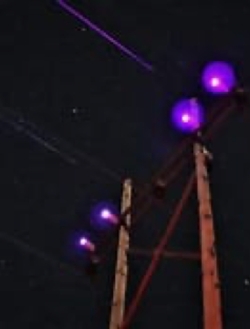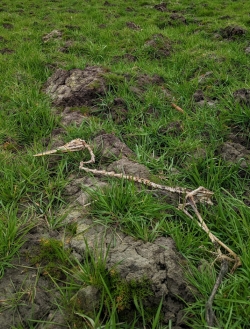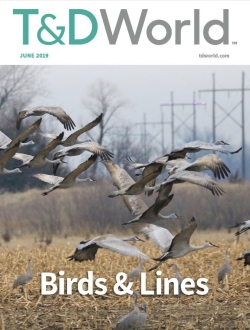
Environmental Services
![]()
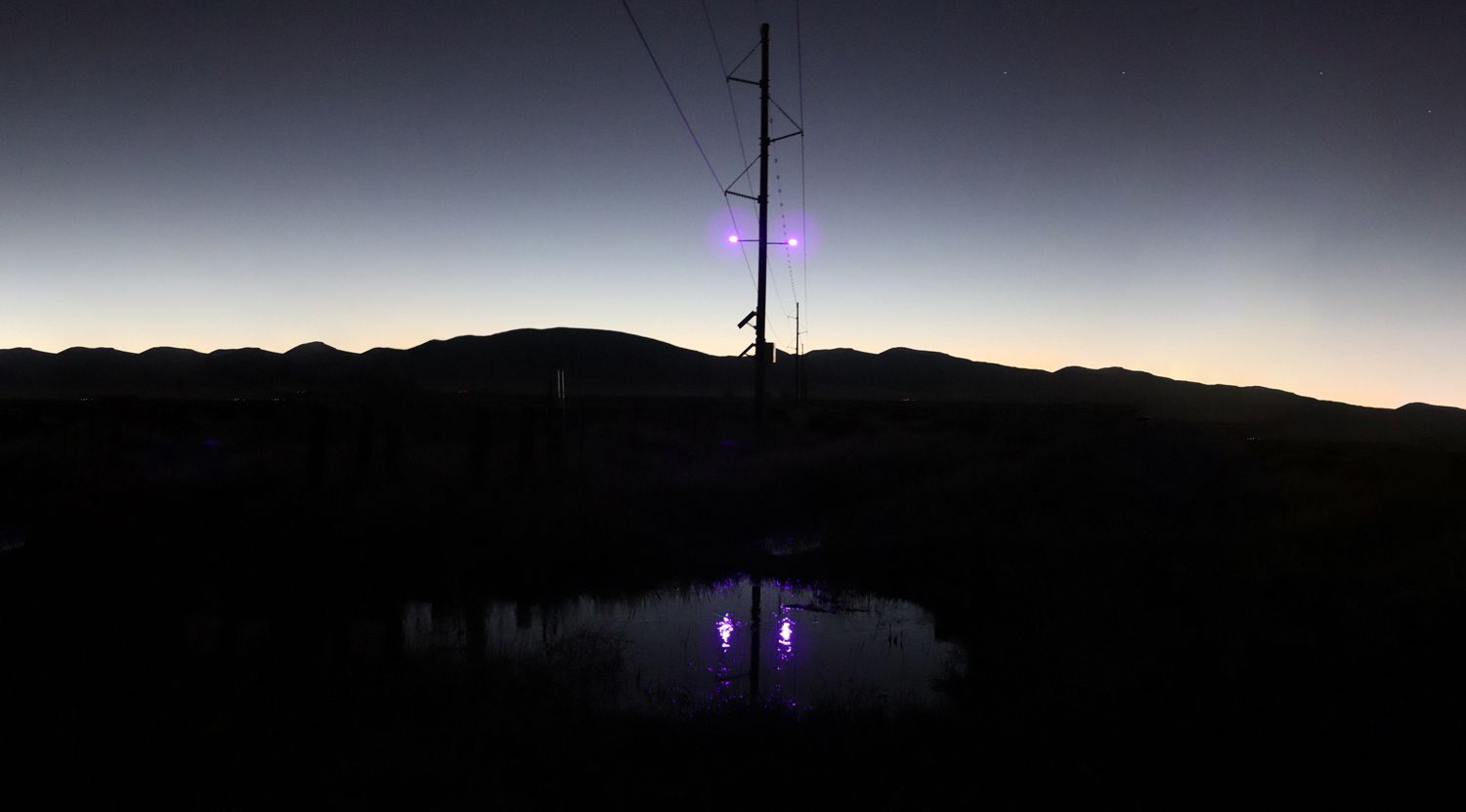
Avian Collision Avoidance System (ACAS)
The Avian Collision Avoidance System (ACAS) offers a new approach to reducing avian collision mortality with suspended obstacles (power lines, towers, turbines).
ACAS uses ultraviolet (UV) light visible to birds but not to people to “light up” collision hotspots at night when most bird collisions occur. Birds see and avoid otherwise invisible wires. It can be used on spans with or without existing line markers to illuminate all the wires across entire spans. Internal sensors and remote operation allow ACAS to be activated only when needed, like during bird migration nights, and to be shut down the rest of the year.
Pricing and Ordering
James “JD” Dwyer
(970) 204-4001
This email address is being protected from spambots. You need JavaScript enabled to view it.
-
Supporting Research in Europe

The ACAS is part of the SafeLines4Birds (SL4B) projected funded by the European Union. ACAS units are being deployed at locations in France and Belgium where high numbers of avian collisions with power lines have been recorded.
For more information, see the SL4B project pages at:
Facebook, Twitter, and LinkedIn
-
Become A Partner
The ACAS is a novel solution. So far it is working well across a variety of species, habitats, and line configurations, but we want to know more.What species does the ACAS work best with?
- Is the ACAS more effective in some habitats or with configurations than others?
- Will the ACAS be as effective on other suspended obstacles like communication towers and wind turbines?
ACAS studies are ongoing, but EDM is always interested in learning more. If you are working to manage collisions, and you are considering the ACAS, we are here for you. We invite you to partner with us on study design, data collection, analyses, and publication of results.Pricing and Ordering
James “JD” Dwyer
(970) 204-4001This email address is being protected from spambots. You need JavaScript enabled to view it.
-
LIFE SafeLines4Birds project
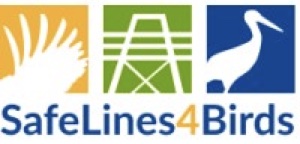
SafeLines4Birds is a 6-year project co-financed by European Union’s LIFE Programme which aims to reduce non-natural mortality of 13 birds species along power lines in France, Belgium and Portugal.
Why is this project important?
Major threats to some bird species include collisions with power lines, electrocution, and disturbances during their breeding season. These threats cause the deaths of millions of individuals in Europe yearly and in some cases seriously threaten the viability of species populations.
Some European species are more vulnerable given their size, morphology, behaviour, and distribution. Thus, the project targets 13 species most impacted by power lines in France, Belgium and Portugal: Little Bustard, Bearded Vulture, Bonelli’s Eagle, Cinereous Vulture, Egyptian Vulture, Lesser Kestrel, Common Crane, Osprey, White Stork, Black Stork, Eurasian Woodcock, Eurasian Curlew, Northern Lapwing.
SafeLines4Birds project relies on four main goals:- Reducing bird collision
- Reducing bird electrocution
- Reducing bird disturbance
- Improving and sharing knowledge across Europe
To tackle collision, the project aims to install 3,880 anti-collision diverters on the most dangerous sites. However, those devices are not suitable in all situations and their success rate varies according to species or geographical factors. Therefore, new anti-collision devices will be tested, such as the American ultra-violet Avian Collision System Avoidance system (ACAS), which uses shining UV light on power lines to make them more visible to birds at night. Moreover, innovative installation methods of collision avoidance devices will be tested within the project, such as the use of drones. In some cases, lines will be placed underground to completely eliminate the risk of collision and electrocution in particularly high-risk areas.
There is a strong scientific consensus that the risk of bird electrocution depends on the technical construction and detailed design of electric facilities. In order to reduce this risk, dangerous power poles will be retrofitted and insulated, and deterrence devices installed at the higher risk sites. Platforms and perches will also be set up to protect birds that roost or nest.
Finally, to avoid disturbance, grid maintenance and surveillance methodologies will be adapted – where possible in line with the breeding periods of the target species – to improve their breeding success. As much as possible, flying over breeding sites will be avoided and use of helicopters will be limited.
All results collected will be shared in an open and standardised way, benefiting the understanding about bird-grid interactions and the effectiveness of the tested mitigation measures. A SafeLines4Birds open digital platform will be created to centralise all technical information gathered during the project. This will facilitate the dissemination of knowledge regarding technical innovations and equipment across Europe and, through this, support the replication of actions in other countries.
The success of these actions relies on the collaboration of 15 consortium partners, which include Transmission System Operators (TSO), Distribution System Operators (DSO), NGOs and scientific experts from France, Belgium, Portugal, Germany, and the United States.Who are the partners?
Relying on existing partnerships in France, Belgium and Portugal, the project is coordinated by the Ligue Pour La Protection des Oiseaux (LPO France), the French branch of BirdLife. The other French partners are Enedis (French DSO), Réseau De Transport D'électricité – RTE (French TSO), LPO Pays De La Loire, LPO Auvergne-Rhone-Alpes, LPO Occitanie and LPO Provence Alpes Côte d’Azur (local NGOs). Those partners created in 2004 the Avifauna National Committee that aims to reduce the impacts of energy infrastructure on biodiversity and initiated the project SafeLines4Birds. In Portugal the project partners are the Sociedade Portuguesa Para O Estudo das Aves - SPEA (NGO) and E-Redes (Portuguese DSO), and in Belgium Natuurpunt, Natagora (NGOs) and Elia (Belgian TSO).
Joining those partners, EDM International, a US-based corporation, brings a team of wildlife biologists and avian specialists to the consortium. BIOPOLIS-CIBIO is a Portuguese research centre associated to the University of Porto contributing to the project with their expertise on the biodiversity impacts of energy infrastructure through collaborations with TSOs and DSOs in Portugal and across Europe. Finally, RGI brings its expertise in facilitating multi-stakeholder exchanges between diverse partners and its extensive experience coordinating and implementing activities related to the communication and dissemination of projects.
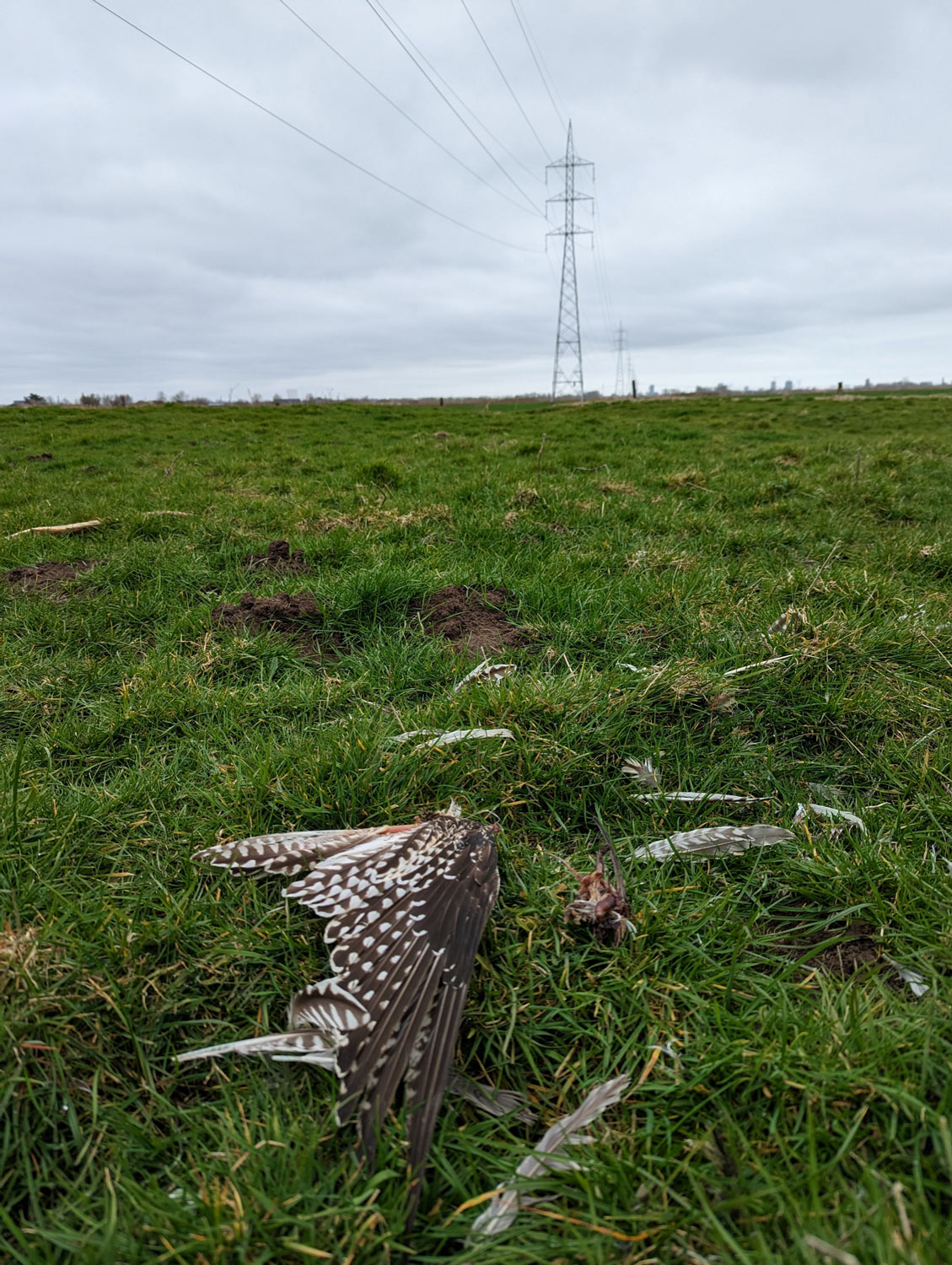

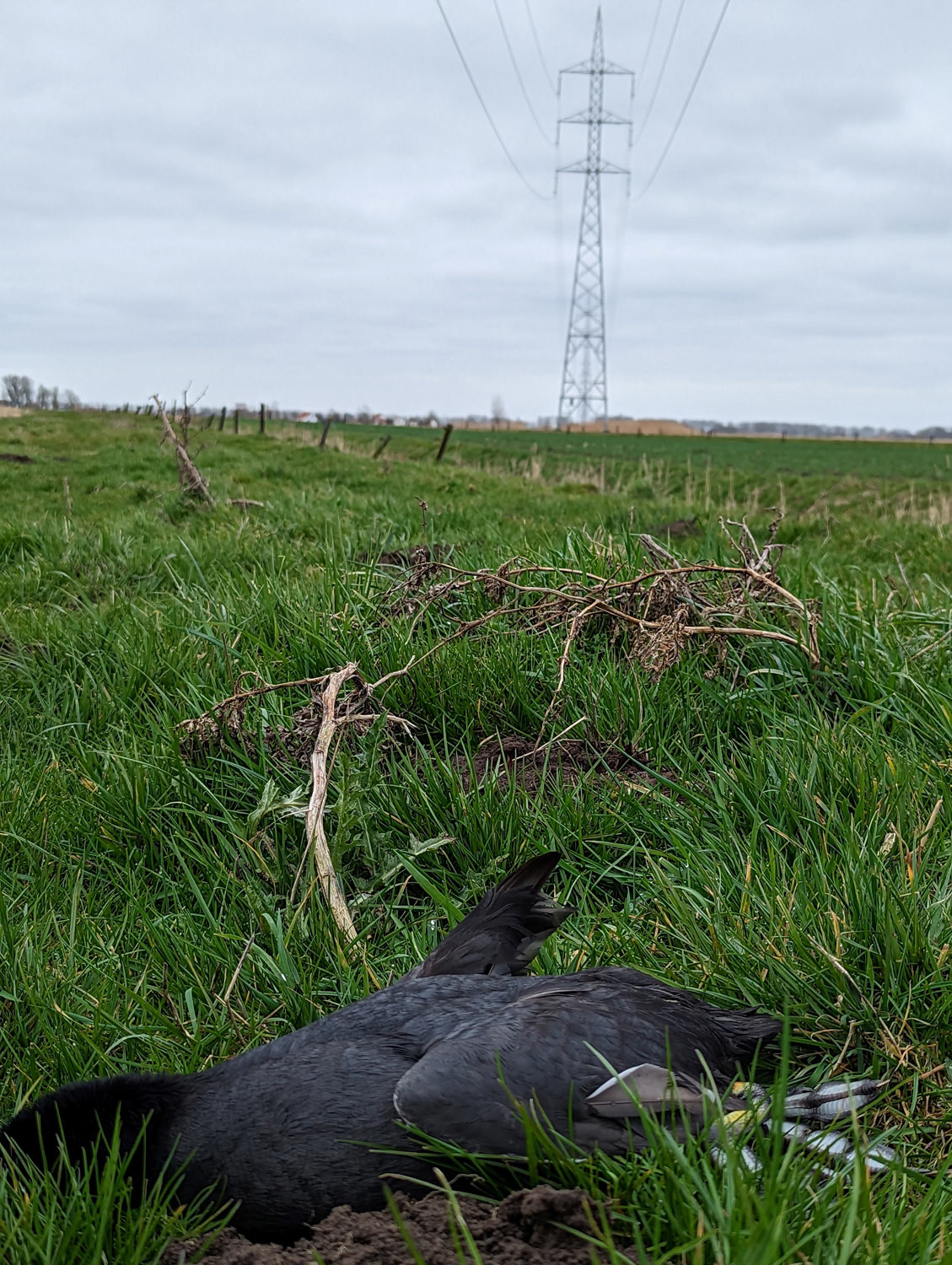


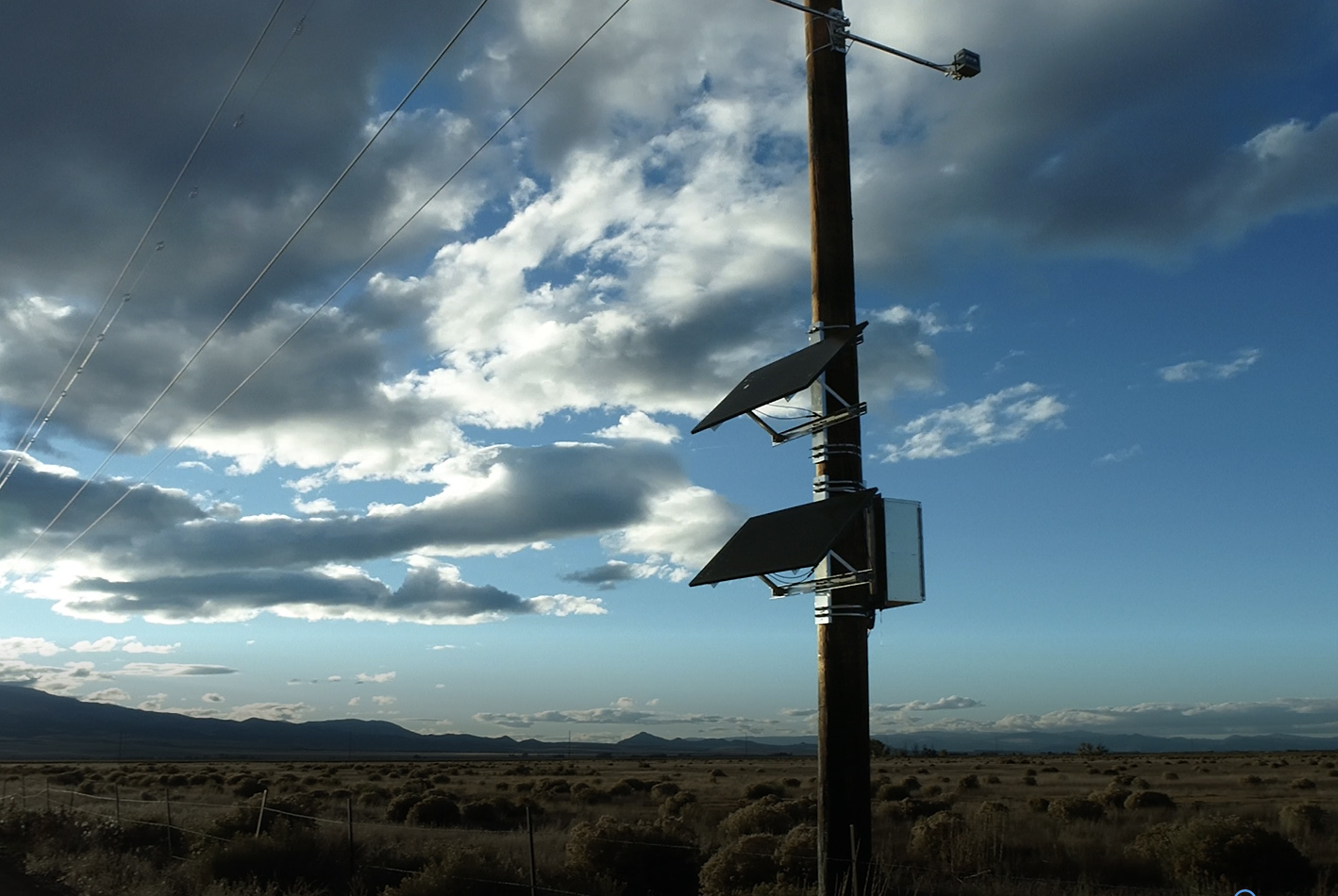
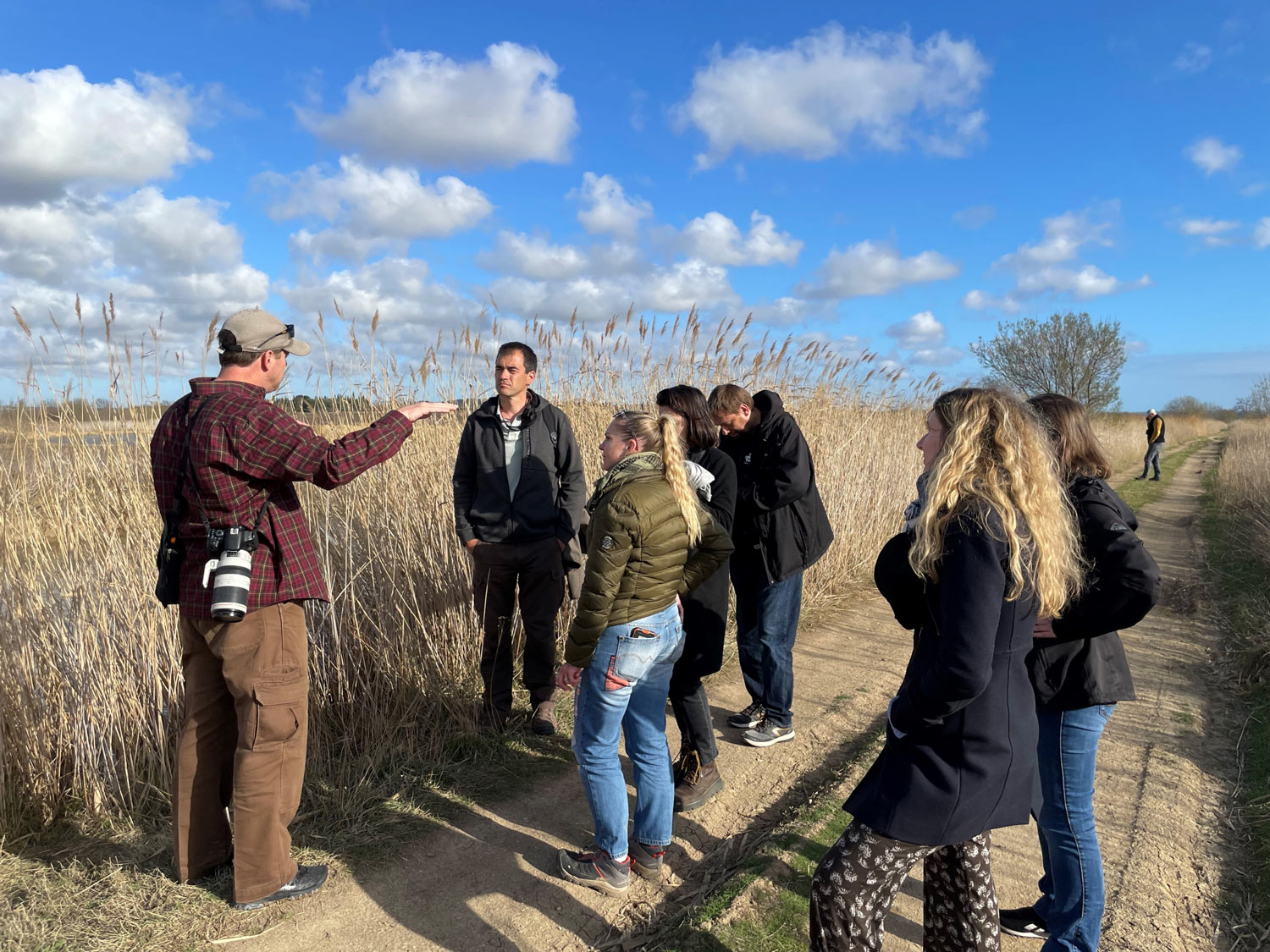
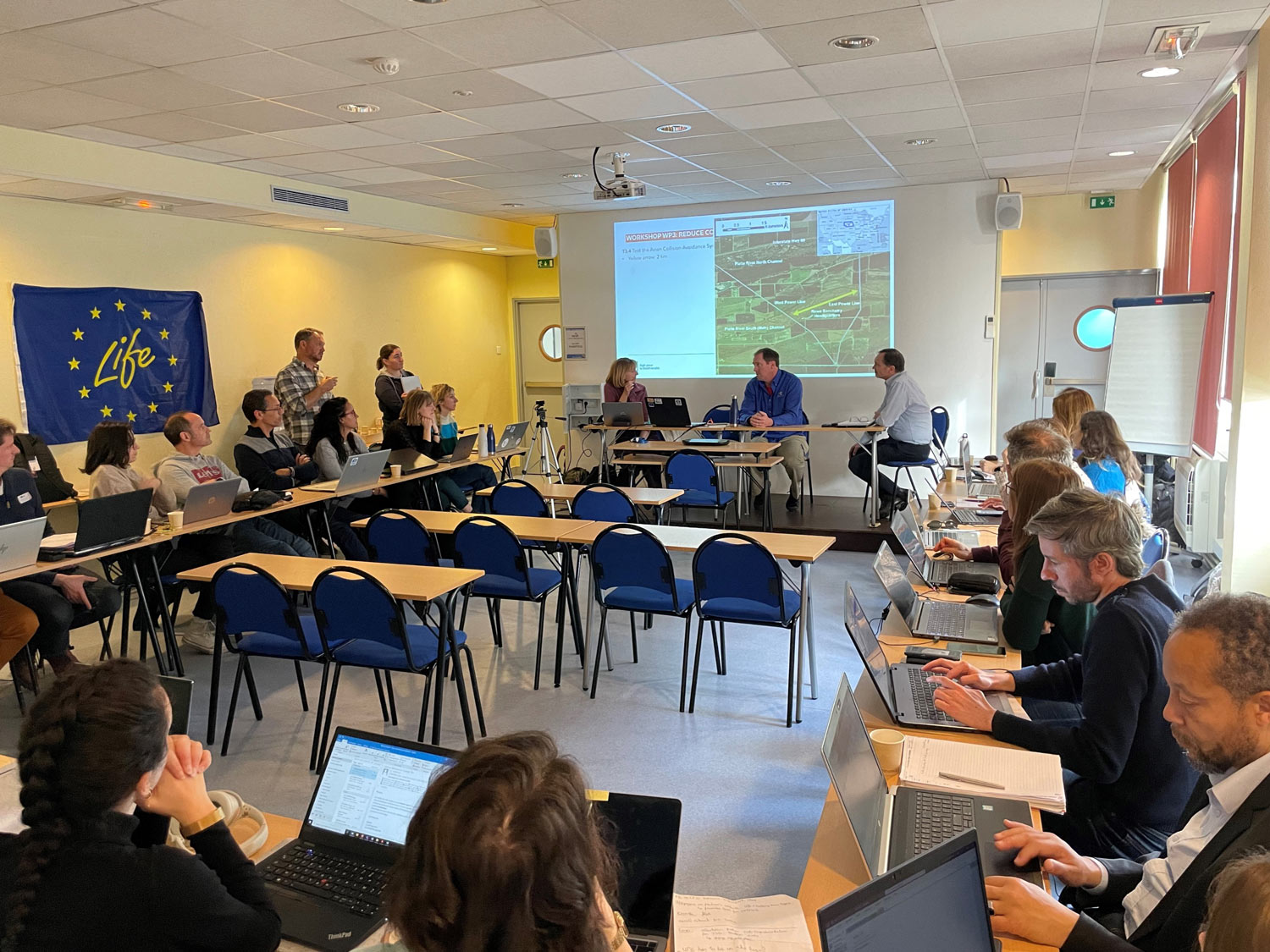
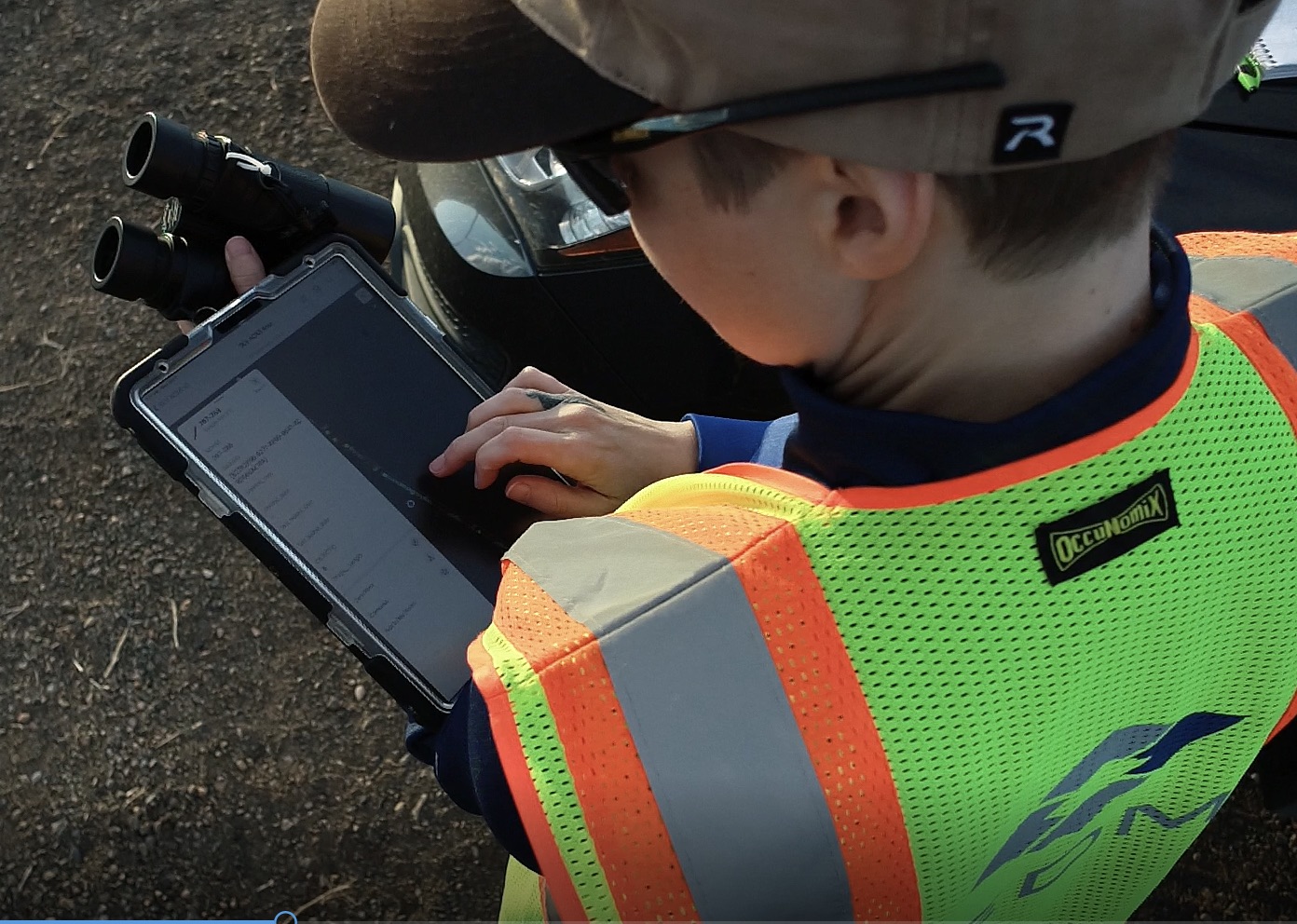
Resources
Raptors on the Line Video
Watch EDM’s award winning film Raptors on the Line! Raptors and power lines have a complicated symbiotic relationship. They use them to perch, hunt and even nest, especially in landscapes where the power pole gives them the best vantage point to see prey. But their body size exposes them to the risk of electrocution by bridging two conductors and completing an electric circuit. In the 1970's, a handful of scientists and researchers discovered that Golden Eagles were being electrocuted, largely in the American West. Over the next decade, that discovery led to further investigations into the biology of raptor electrocution and preliminary findings on how power pole engineering could provide a solution. After more than 20 years, and through the tireless work of the expert environmental services team at EDM International, utility companies in the U.S. are making incredible progress on reducing raptor deaths. There is much work to be done though. Developing countries are specifically a challenge, and recent discoveries of avian electrocution caused wildfires bring renewed urgency to retrofit and implement avian-friendly construction standards across the industry.
Guide to Raptor Remains
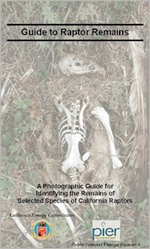 Many utilities check for or incidentally encounter avian carcasses along power lines. When carcasses are found, identifying the species can help understand how incidents occurred, how to prevent them, and whether there may be regulatory reporting implications. The Guide to Raptor Remains can help identify species when decomposed carcasses, bone pieces, feathers or pellets are found.
Many utilities check for or incidentally encounter avian carcasses along power lines. When carcasses are found, identifying the species can help understand how incidents occurred, how to prevent them, and whether there may be regulatory reporting implications. The Guide to Raptor Remains can help identify species when decomposed carcasses, bone pieces, feathers or pellets are found.
Bird Strike Indicator - BSI
BSI is an automated, cost-effective tool for continuous detection and recording of bird collisions on power and communication lines.
The Bird Strike Indicator (BSI) is an automated vibration-sensing and recording tool designed to detect bird strikes on aerial cables such as power lines and guy wires. It affordably provides utilities the ability to identify the most dangerous line segments and determine the effectiveness of line marking devices. The BSI uses accelerometers to record stress waves and vibrations caused by a bird strike. The BSI sensors are installed on the monitored wires and transmit strike activity wirelessly to a nearby base station where the data is recorded.
Environmental Publications
EDM’s Environmental Services Group is a team of wildlife biologists, avian specialists, soil scientists, hydrologists, regulatory specialists and GIS experts. EDM works collaboratively across disciplines to develop practical, science-based solutions to high-profile environmental challenges on behalf of electric utilities, extractive industries, government agencies and non-governmental organizations. EDM is internationally known for research and consultation on avian electrocution, avian collision and animal-caused outages. EDM’s key to success is its team members, who are chosen for their unique and complementary skills and who conduct their work with passion, creativity and integrity.



